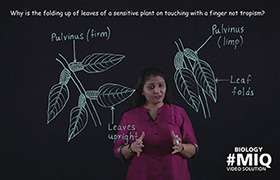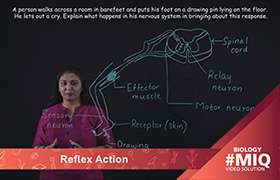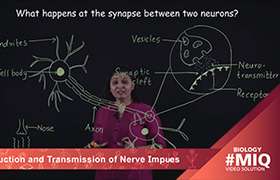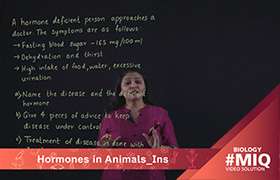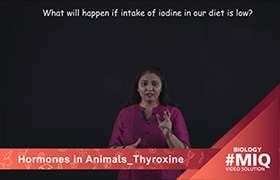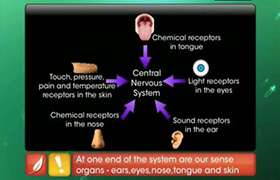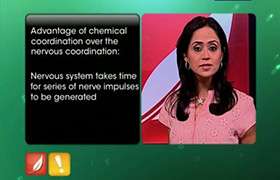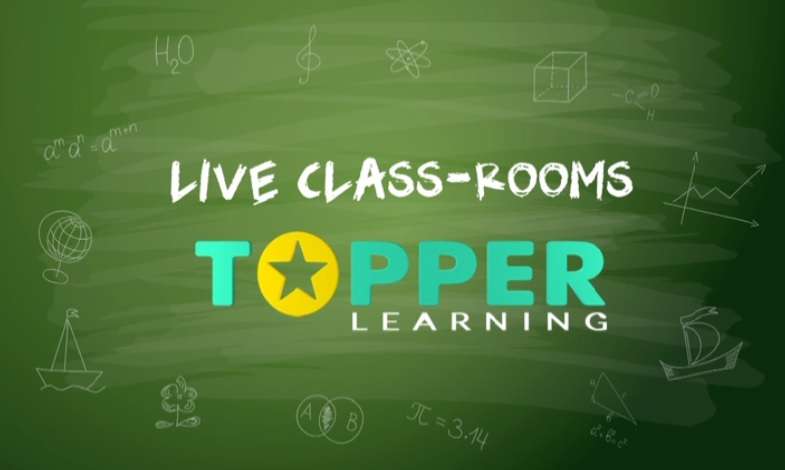CBSE Class 10 Answered
The brain is made of three main parts: the forebrain, midbrain, and hindbrain. The forebrain consists of the cerebrum, olfactory lobes, thalamus, and hypothalamus. The midbrain consists of the tectum and tegmentum. The hindbrain is made of the cerebellum, pons and medulla. Often the midbrain, pons, and medulla are referred to together as the brainstem.
Olfactory lobes are responsible for the sense of smell.
The cerebral cortex is divided into four sections, called lobes: the frontal lobe, parietal lobe, occipital lobe, and temporal lobe.
Thalamus is a major coordinating center for sensory and motor signaling. Its complex neural circuits sort the incoming stimuli. The hypothalamus controls the involuntary activities of the body. It contains a number of centres which control thermo-regulation and feelings of hunger and thirst. The hypothalamus, along with the limbic system is invoved in the regulation of sexual behaviour, expression of emotional reactions and motivation.
Midbrain acts as the co-ordinating centre between forebrain and hindbrain. It is involved in functions such as vision, hearing, eyemovement, and body movement.
Cerebellum is associated with regulation and coordination of movement, posture, and balance.
Pons transmits the impulses to the midbrain and hindbrain. It also helps in regulation of respiration.
Medulla shows several vital reflex centres such as cardiac centre, respiratory centre and centers for swallowing, sneezing, coughing and vomiting. It also controls many involuntary activities of the body.

